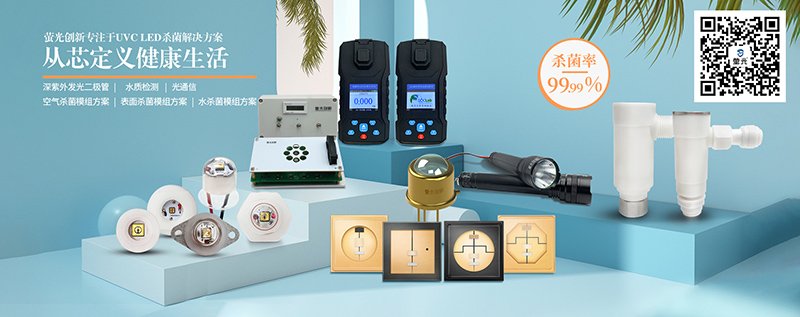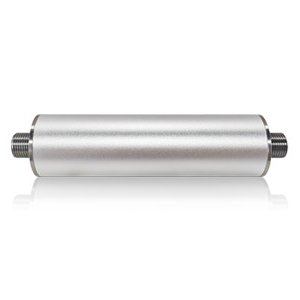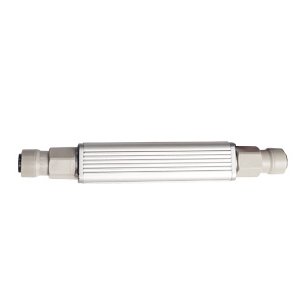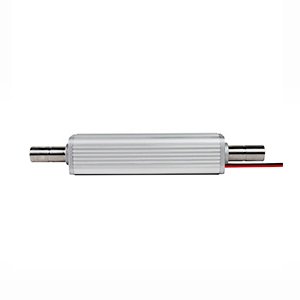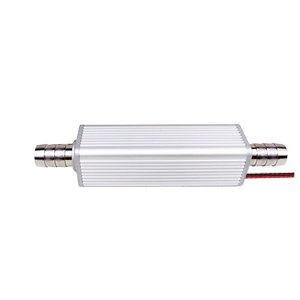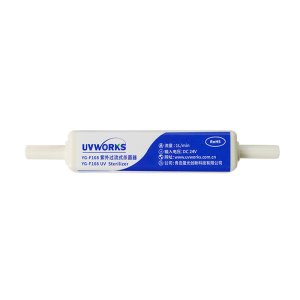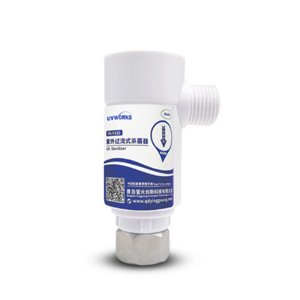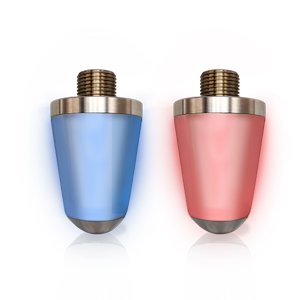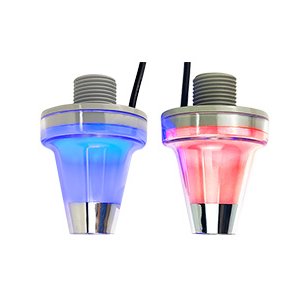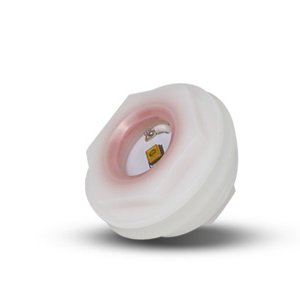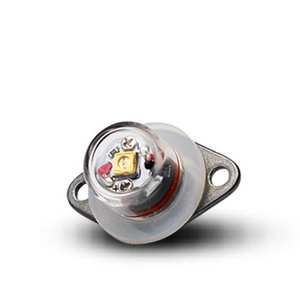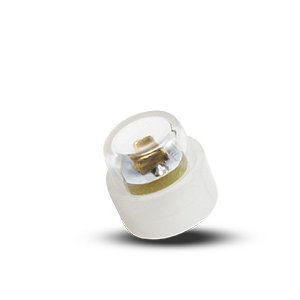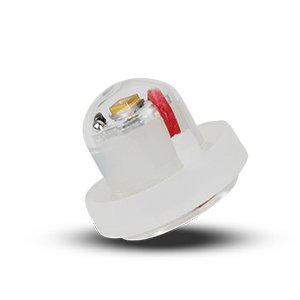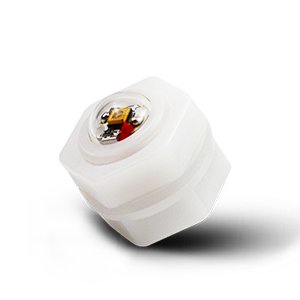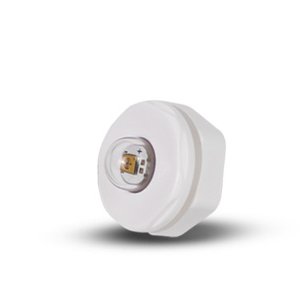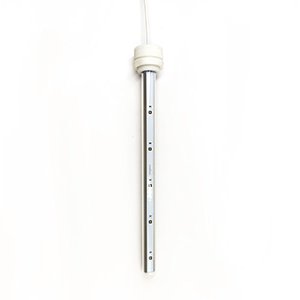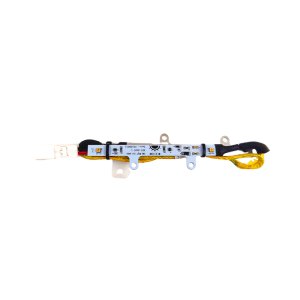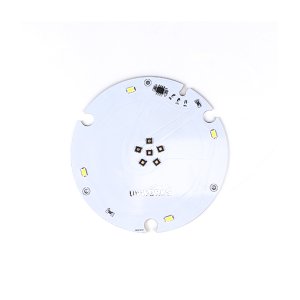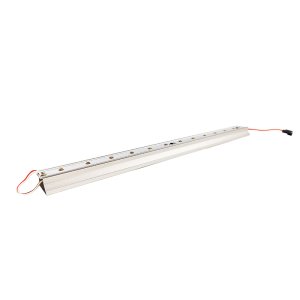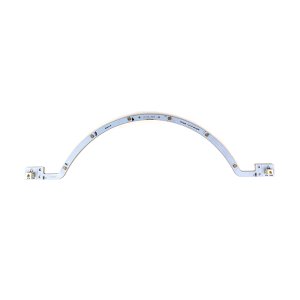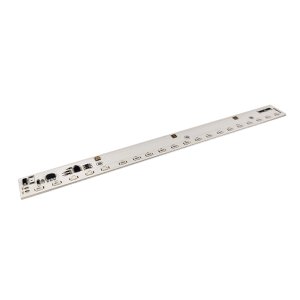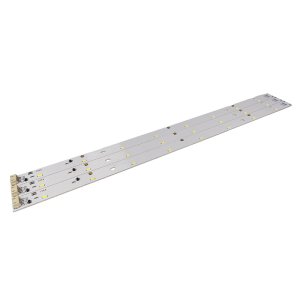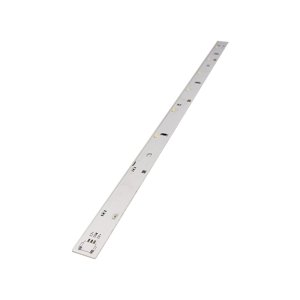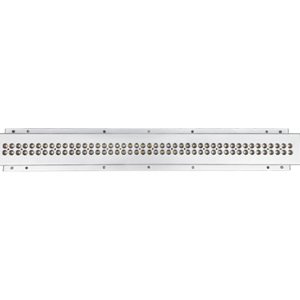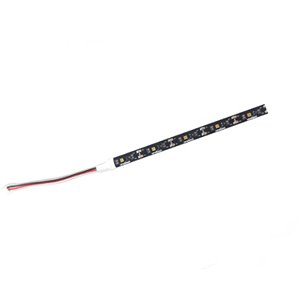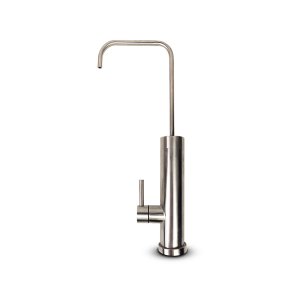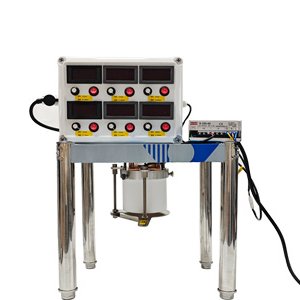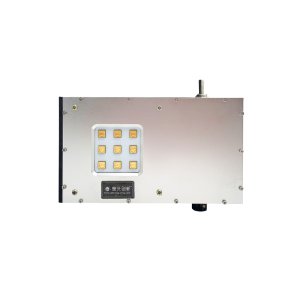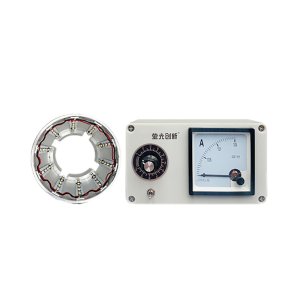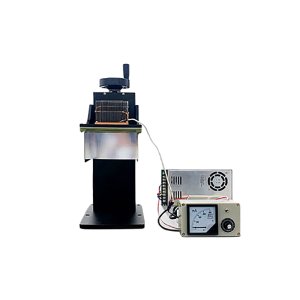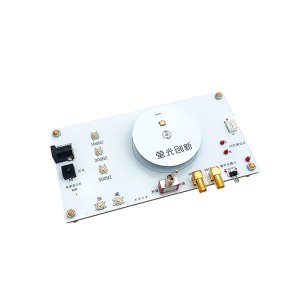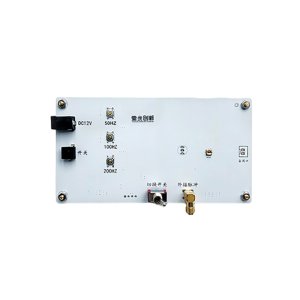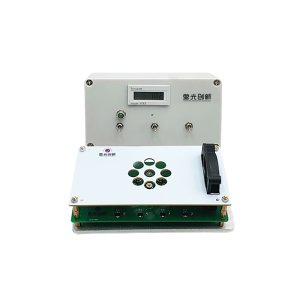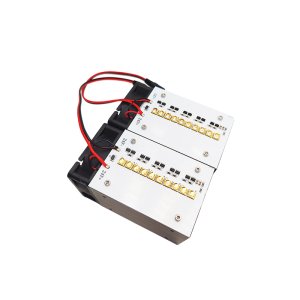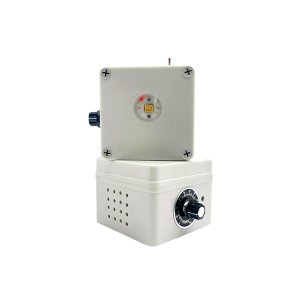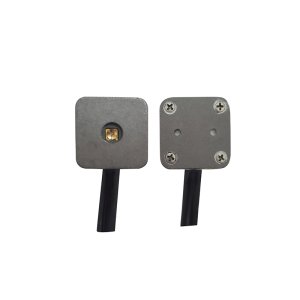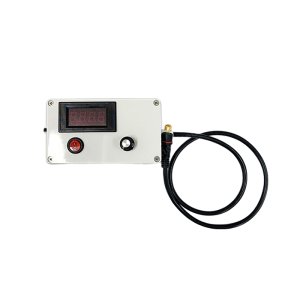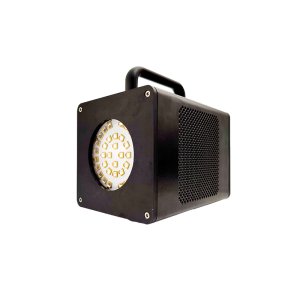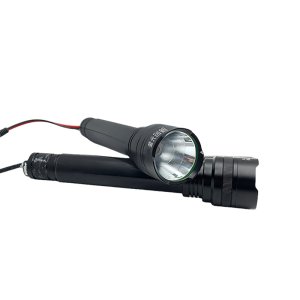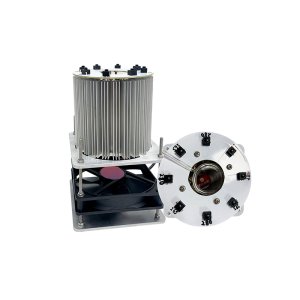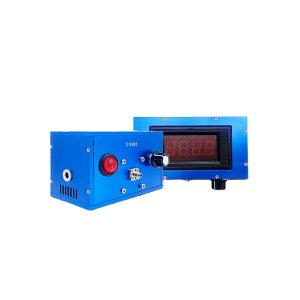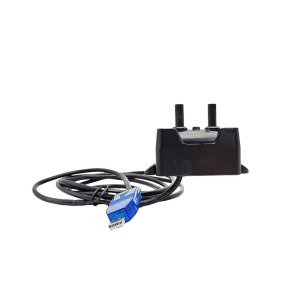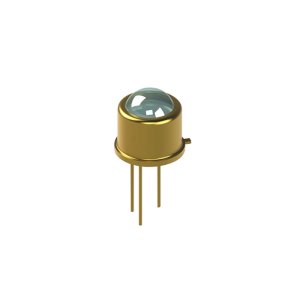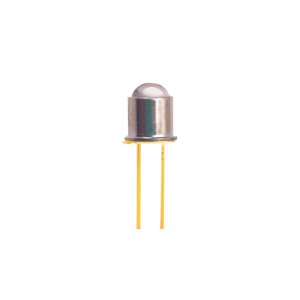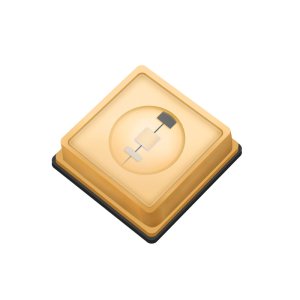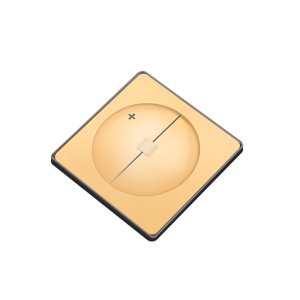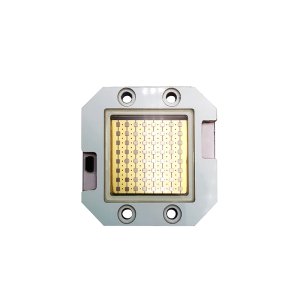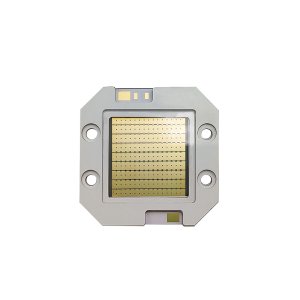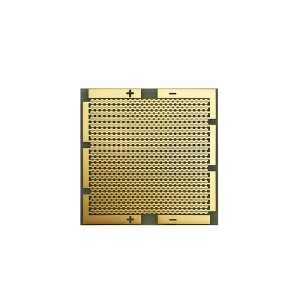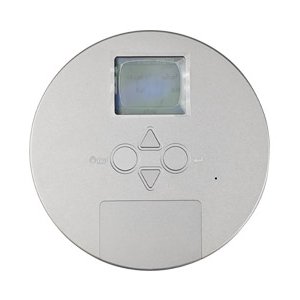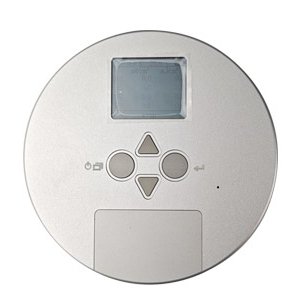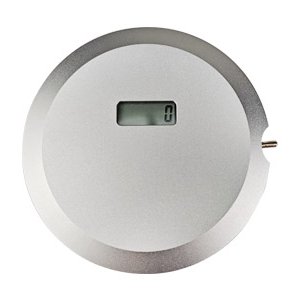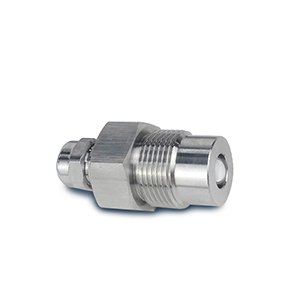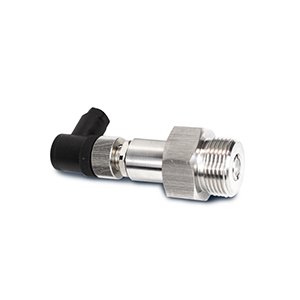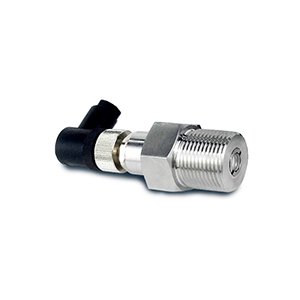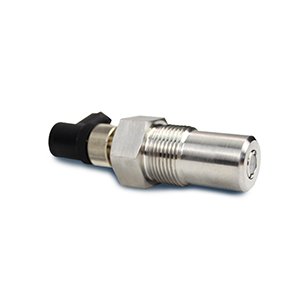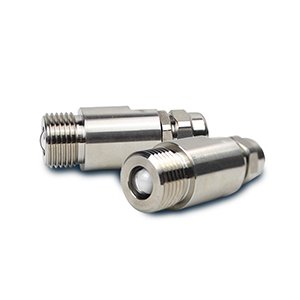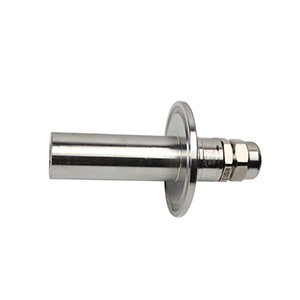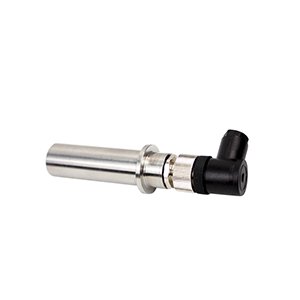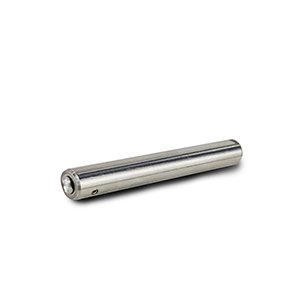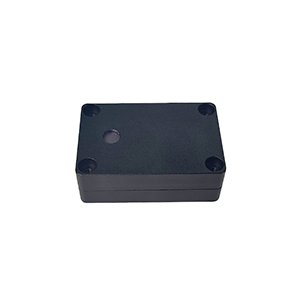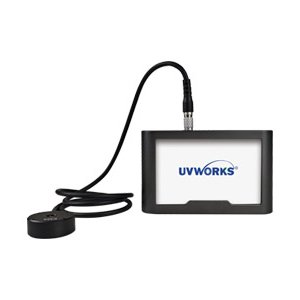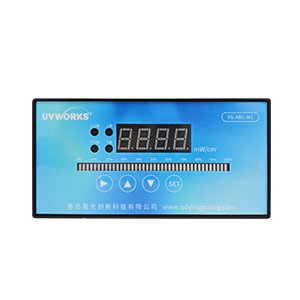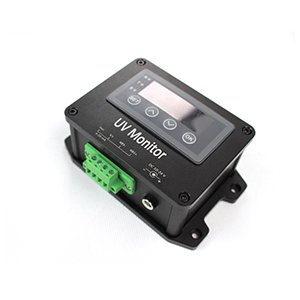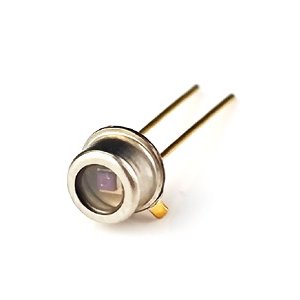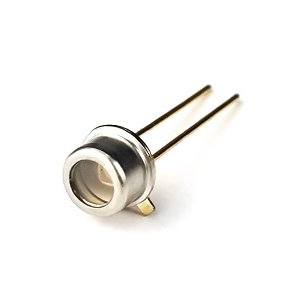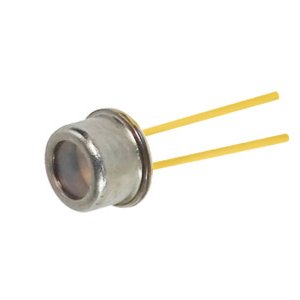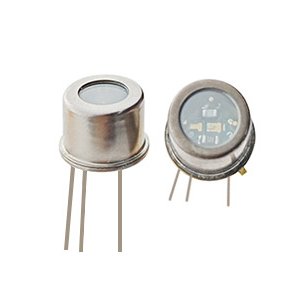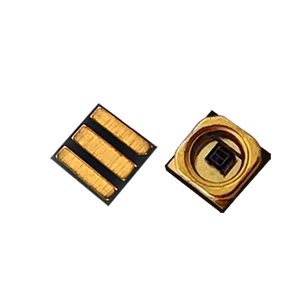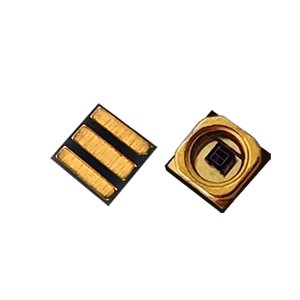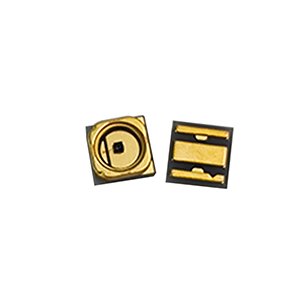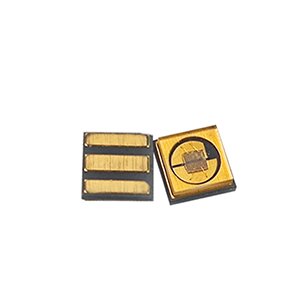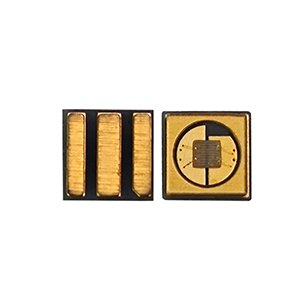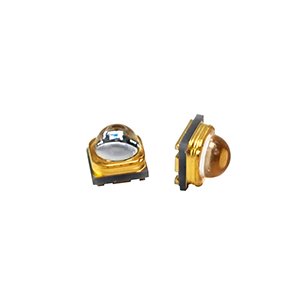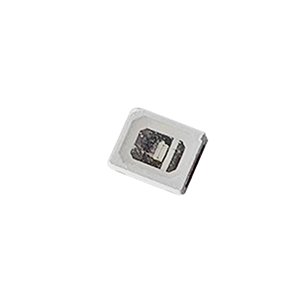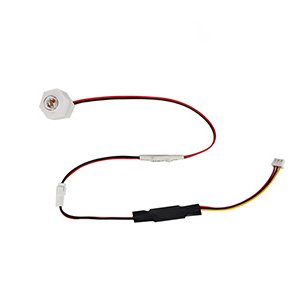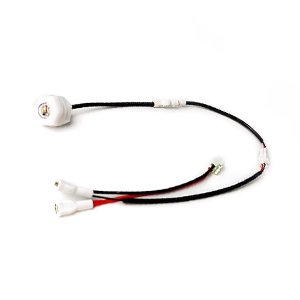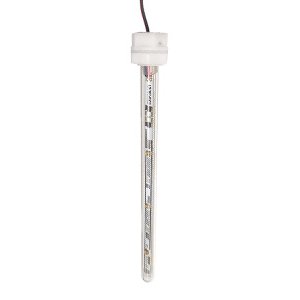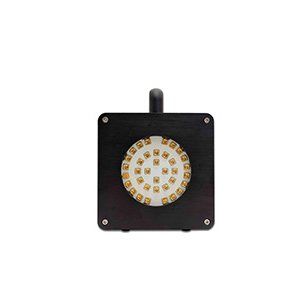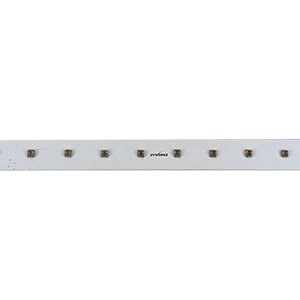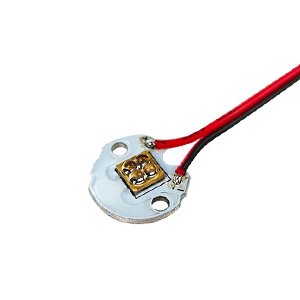
Some industry terms of popular science UVC (deep UV)
2021-12-21
Luminous flux: the sum of the visible light emitted by the light source per second, which is simply the luminous amount. Unit: lumen (LM)
Illuminance: the incident luminous flux per unit area, that is, the value obtained by dividing the luminous flux by the area. Unit: Lux
Light intensity: symbol I, unit a candela CD, indicating the luminous flux emitted by the luminous body within the unit solid angle in a specific direction
Color temperature: expressed in absolute temperature K, that is, a standard blackbody is heated. When the temperature rises to a certain degree, the color begins to change gradually from dark red - light red - orange yellow - white - blue. When the color of a light source is the same as that of the blackbody, we call the absolute temperature of the blackbody at that time as the color temperature of the light source. When the color temperature is below 3000K, the light color is red, giving people a warm feeling: when the color temperature exceeds 6000K, the light color is blue, giving people a cold feeling; The color temperature is about 4000K, and people have no particularly obvious visual and psychological effect under this tone, so it is called "neutral" color temperature.
Color rendering: the degree to which the light source presents the color of the object itself is called color rendering, that is, the degree to which the color is realistic. The light source with high color rendering performs better on the color. What we see is that it is close to the natural color. The light source with low color rendering performs worse on the color, and the color deviation we see is also large. CIE of the international lighting Commission sets the color rendering index of the sun as 100, and the color rendering indexes of various light sources are different, such as the color rendering index of high-pressure sodium lamp RA = 23 and the color rendering index of fluorescent lamp RA = 60-90.
Light efficiency: an important indicator to measure the energy saving of a light source is the luminous flux emitted by the light source divided by the power consumed by the light source. Unit: lumen / watt (LM / W)
Glare: objects with extremely high brightness or strong brightness contrast in the field of vision can cause visual discomfort and become glare. Glare can be divided into disabling glare and uncomfortable glare. Glare is an important factor affecting lighting quality.
Electromagnetic interference: during the use of gas discharge lamp ballast, it will interfere with the surrounding electrical appliances by means of radiation, conduction, etc.
Electromagnetic noise: it may make the surrounding electrical appliances work abnormally or even out of control.
Average life: 50% of the time of damage.
Economic life: unit: hour, indicating that the comprehensive beam output is reduced to a specific number of hours under the condition of considering the damage of the bulb and the attenuation of the beam output. This ratio is 70% for outdoor light sources and 80% for indoor light sources such as fluorescent lamps.
Brightness contrast: the ratio of the difference between the recognized object and its background brightness to the background brightness, which affects the visibility of the object. Objects with large contrast are easy to be observed and produce a sense of closeness and excitement visually.
Brightness: symbol L, unit nit CD / m2, indicating the luminous flux per solid angle per unit area of the luminous body in a specific direction.
Led: LED is the abbreviation of light emitting diode, which is called led for short. It is a display screen used to display text, graphics, images, animation, market, video, video signals and other information by controlling the display mode of semiconductor light-emitting diodes.
LED module: the LEDs are arranged into a matrix or pen segment and prefabricated into a module of standard size. Commonly used 8x8 dot matrix module (64 for monochrome) × 1 or 64 pairs of primary colors × 2 light emitting diodes), 8-word seven segment digital module.
Lamp efficiency: lamp efficiency (also known as light output coefficient) is an important standard to measure the energy efficiency of lamps. It is the ratio between the light energy output by lamps and the light energy output by light sources in lamps.
Qingdao fluorescent Innovation Technology Co., Ltd. has a professional postdoctoral team, focusing on the research of ultraviolet sterilization application. After years of deep cultivation in the ultraviolet industry, the company has obtained a number of national invention and utility model patents. At present, a number of sterilization module products have been put into the market. For more details, please visit the company's website at www.qdyingguang.com Com contact the company for the official account of WeChat.
